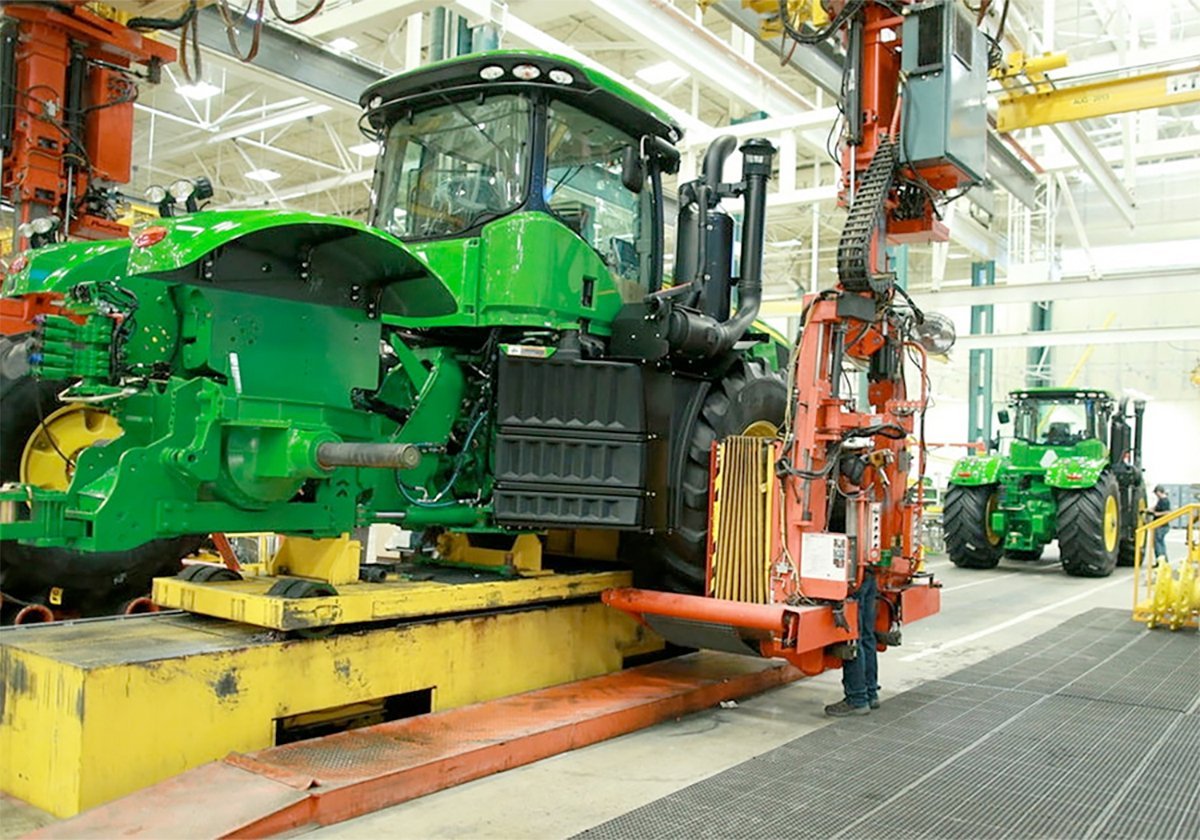Canada’s canola industry is in important negotiations with China about the details of trade affecting more than $2 billion in seed exports.
China wants to lower its maximum dockage threshold in canola to one percent, down from the norm now of 2.5 percent. It says it wants to protect its domestic industry from the accidental importation of blackleg crop disease.
An original deadline of April 1 was delayed to Sept. 1, a fast approaching date.
The Canola Council of Canada and Canadian grain companies say the issue is critically important because Canada can’t consistently meet a one percent or less dockage target. Costs would soar.
Read Also

Trump’s trade policies take their toll on Canadian producers
U.S. trade policy as dictated by president Donald Trump is hurting Canadian farmers in a multitude of ways.
This unresolved issue has weighed on the canola market this summer.
No official updates have been made about the progress in the negotiations with China.
The most federal Agriculture Minister Lawrence MacAulay has said is that the trade department was taking the lead on the file.
“I think we will come to an agreement that will satisfy both (countries), hopefully,” he said.
Hope is good, but most growers would likely prefer a more substantial and forceful statement.
With another huge canola crop developing in Western Canada, there must be certainty about access to China’s market, which accounted for 42 percent of our canola exports in 2015.
Of course, negotiations usually require some level of confidentiality to succeed.
Also, the negotiating parties each want a united front with a single message. Mixed messages from one side give the other side leverage.
So the canola council fumes when the media quotes others who also have knowledge of the industry who opine that it might not be that hard to meet the one percent dockage demand.
The broad issue of industry co-ordination in international trade was raised recently by Jean-Marc Ruest, an officer of Richardson International.
He noted that Canadian trade missions that meet with overseas buyers “without the input or guidance of exporters” run the risk of conveying mixed messages and making promises that grain exporters can not deliver on.
He suggested that grain company exporters with ultimate responsibility for the sales should lead market development efforts, supported by the rest of the value chain.
Ruest’s position is understandable and generally there is a strong effort to present a “Team Canada” approach to marketing abroad.
Groups such as the canola council, Cereals Canada, Pulse Canada, Canada Beef and Canada Pork International create a value chain of farmers, processors and exporters to promote this country’s food products.
These chains have the ultimate goal of selling more food abroad, but there can be differences of opinion among the links. What might be in the best interest of processors and exports is not always in the best interest of the farmer.
Recognition and respect for each other’s interests comes about through open dialogue. In many cases, it is valuable for that dialogue to take place in public so that all parts of chain know what is going on and the reasons behind it.
The process can be a bit messy at times, but ultimately it makes for a better informed and stronger industry.














